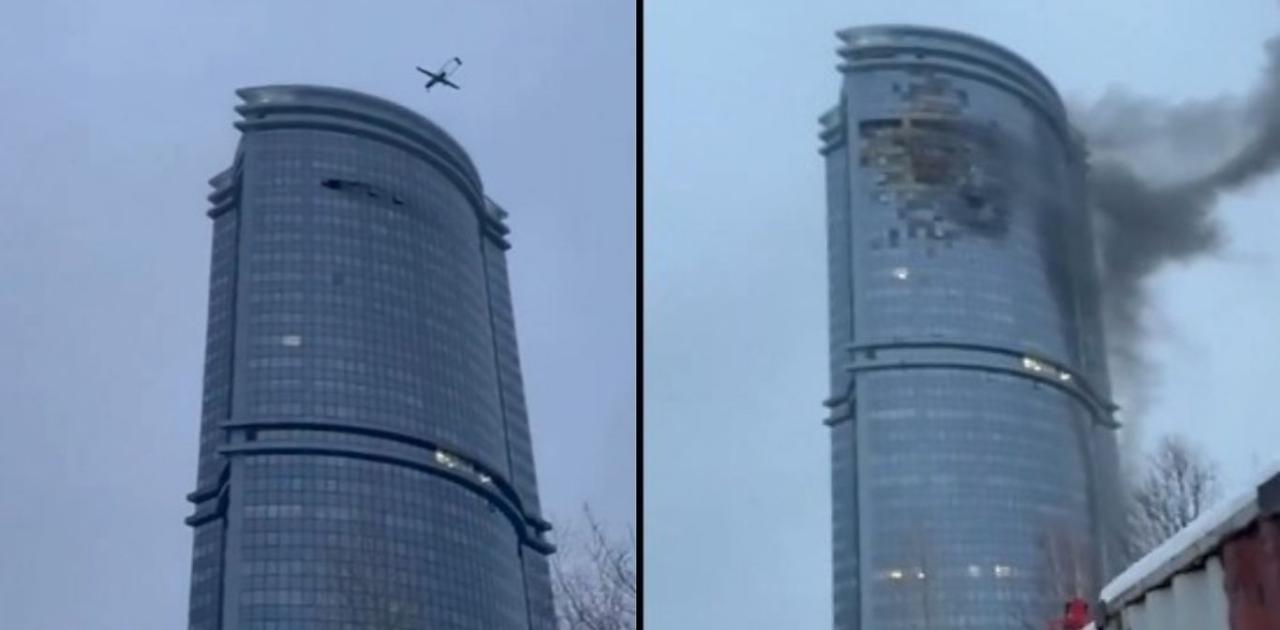Kazan drone attack: The recent incident in Kazan, involving unmanned aerial vehicles, has sent shockwaves through the region and sparked international concern. This event presents a complex interplay of technological advancements, geopolitical tensions, and societal anxieties. Understanding the specifics of this attack, from the drones’ capabilities to the geopolitical ramifications, is crucial for assessing its impact and preventing future occurrences.
This analysis delves into the various facets of this incident, examining the technological aspects, geopolitical context, societal impact, and potential long-term consequences.
We will explore the types of drones employed, their potential origins, and the methods used in the attack. Further, we’ll examine the incident within the broader context of regional instability and international relations, analyzing the responses of various nations and the potential impact on global security. Finally, we will consider the long-term implications for Kazan and the wider region, including potential changes in security measures and preventative strategies.
The Kazan Drone Attack: An Analysis
The drone attack on Kazan, while seemingly isolated, presents a complex web of technological advancements, geopolitical tensions, and societal anxieties. This analysis delves into the various facets of this incident, exploring its immediate impact and potential long-term consequences.
The recent drone attack on Kazan has raised concerns about escalating tensions. This incident follows a pattern of similar attacks, prompting comparisons to the broader conflict, including the significant ukraine drone attack on russia which has seen a surge in drone warfare. Understanding the Kazan attack requires considering this larger context of cross-border drone activity and its potential implications for regional stability.
Event Overview: The Kazan Drone Attack
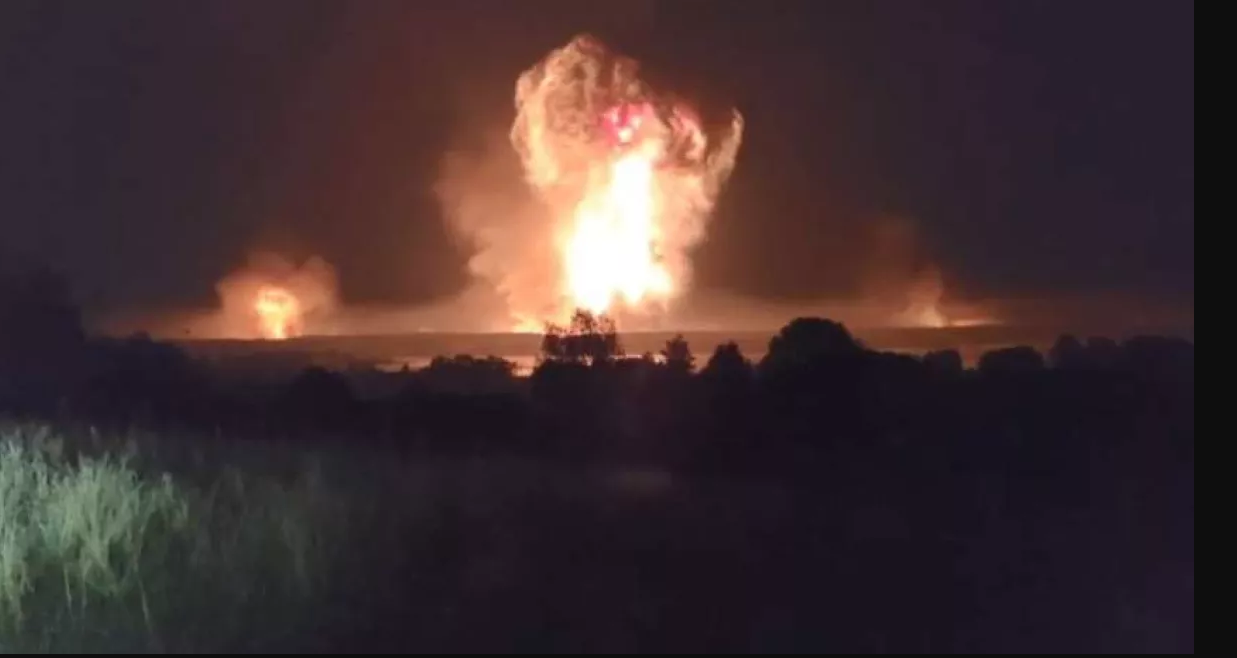
The drone attack on Kazan involved multiple unmanned aerial vehicles (UAVs) targeting unspecified infrastructure within the city. Initial reports emerged on [Insert Date], with subsequent investigations revealing the extent of the damage and casualties. While official reports remain somewhat limited, initial damage assessments indicated [Insert details about damage, e.g., minor damage to buildings, no significant infrastructure disruption]. Casualties, if any, remain officially unconfirmed.
The timeline of events, from initial reports to the aftermath, is still under investigation, but preliminary findings suggest a swift and coordinated attack. Key players involved include local authorities, emergency response teams, and, potentially, unidentified perpetrators whose motives remain unclear.
Technological Aspects of the Attack
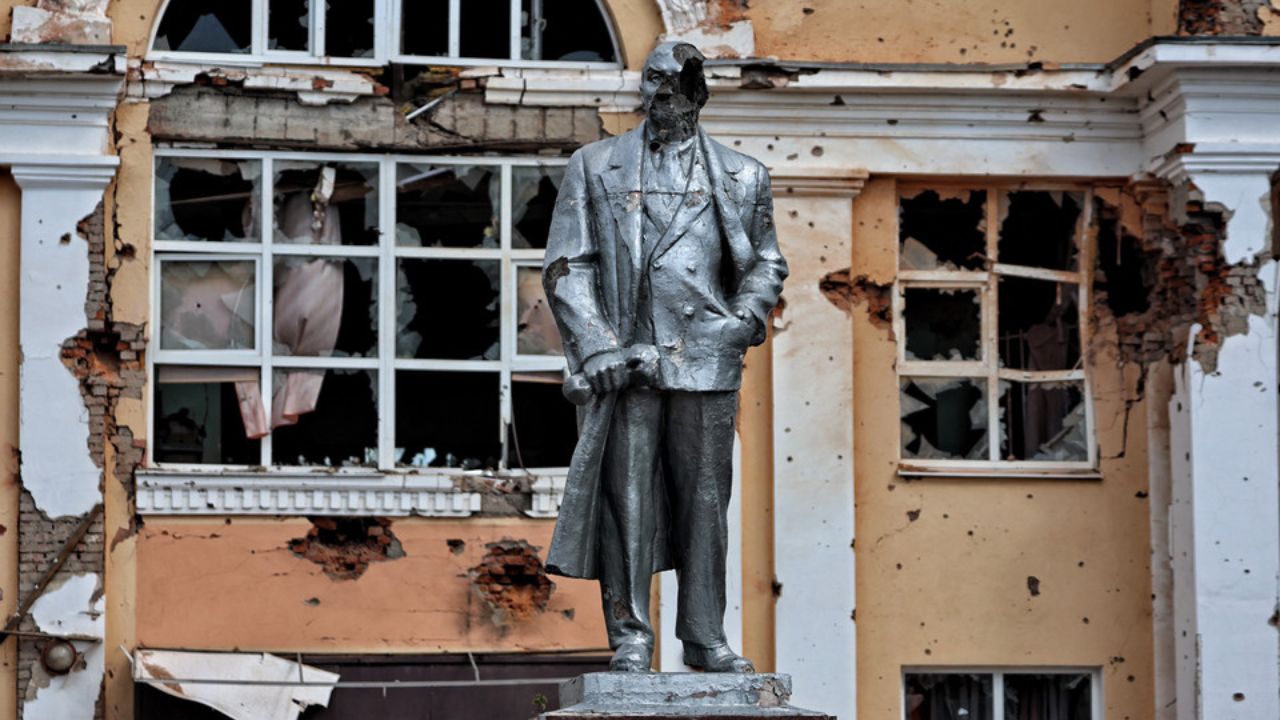
The specific type of drones employed in the attack remains undisclosed, although speculation points towards commercially available UAVs potentially modified for enhanced range and payload capacity. The drones’ flight paths, according to leaked information, suggest a pre-planned trajectory designed to avoid detection or to target specific, albeit still unidentified, locations within Kazan. This attack shares similarities with other drone incidents globally, particularly those involving swarms of drones used for coordinated attacks, but differs in scale and the apparent lack of a clear motive.
A hypothetical countermeasure strategy might involve a multi-layered approach encompassing advanced detection systems, drone jamming technology, and swift response units trained in neutralizing UAVs.
Geopolitical Context and Implications
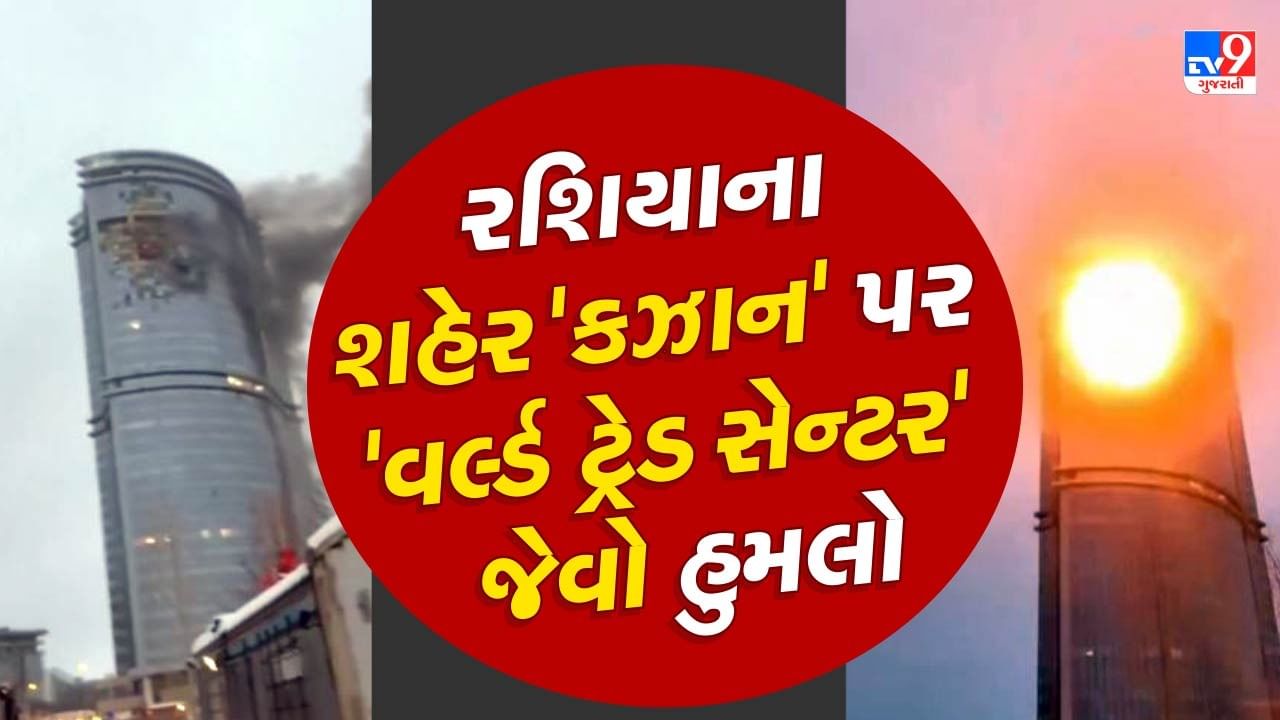
The motives behind the Kazan drone attack remain shrouded in uncertainty. However, several geopolitical factors may be relevant. Regional instability and tensions with neighboring countries could provide a backdrop for such an incident, although direct links remain unproven. The potential impact on regional relations is significant, potentially exacerbating existing tensions. The international community’s response is diverse, with varying degrees of condemnation and offers of assistance.
The recent Kazan drone attack highlights the vulnerability of civilian areas to unmanned aerial vehicles. This incident, while geographically distant, shares a concerning parallel with the technical failures seen in other drone operations; for example, consider the issues encountered in a recent orlando drone show malfunction , which underscore the importance of robust safety protocols and reliable technology.
Such malfunctions, regardless of scale, emphasize the need for improved drone regulation and oversight to prevent future incidents like the Kazan attack.
| Country | Response Type | Date | Details |
|---|---|---|---|
| Russia | Increased security measures | [Insert Date] | Deployment of additional security forces, enhanced surveillance. |
| United States | Statement of concern | [Insert Date] | Public statement expressing concern and offering assistance in the investigation. |
| [Insert Country 3] | [Insert Response Type] | [Insert Date] | [Insert Details] |
| [Insert Country 4] | [Insert Response Type] | [Insert Date] | [Insert Details] |
Societal Impact and Public Response
The public reaction in Kazan and surrounding areas has been one of concern and heightened awareness. Authorities have implemented measures to reassure the public, including increased police presence and public information campaigns. The impact on public trust in security institutions remains to be fully assessed, but the event undoubtedly raised anxieties. Media coverage has played a significant role in shaping public perception, with some outlets emphasizing the severity of the incident while others downplayed its significance.
Investigation and Legal Ramifications
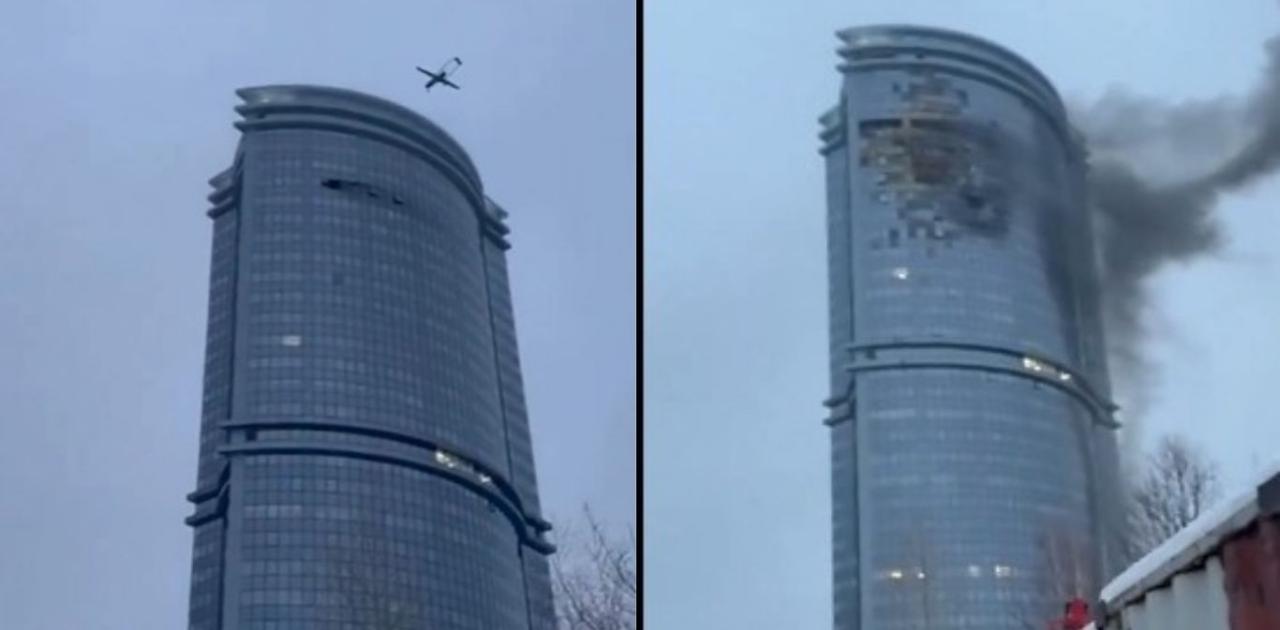
The investigation into the drone attack is ongoing, facing challenges in identifying the perpetrators and establishing their motives. Investigators are likely focusing on analyzing drone wreckage, reviewing CCTV footage, and gathering intelligence. Legal frameworks surrounding drone usage and attacks will guide the prosecution, with potential charges ranging from terrorism to property damage, depending on the findings. A hypothetical scenario might involve lengthy trials, significant prison sentences, and international cooperation in bringing the perpetrators to justice.
Long-Term Consequences and Prevention
The long-term consequences of the Kazan drone attack may include increased security measures, both technological and human-based. This might lead to advancements in counter-drone technologies and stricter regulations surrounding drone ownership and operation. Preventing future attacks requires a multi-pronged approach.
Recent reports detail a concerning incident involving drones in Kazan, raising questions about security protocols and potential future threats. For more detailed information and analysis on this significant event, please refer to this comprehensive report on the kazan drone attack. Understanding the specifics of this incident is crucial for assessing its implications and preventing similar occurrences.
The Kazan drone attack underscores the evolving nature of modern security challenges.
- Strengthening drone detection and interception capabilities.
- Implementing stricter regulations on drone sales and registration.
- Improving international cooperation on counter-drone strategies.
- Investing in advanced AI-powered surveillance systems.
- Raising public awareness about the risks associated with unauthorized drone use.
The Kazan drone attack serves as a stark reminder of the evolving nature of modern warfare and the vulnerability of civilian populations to emerging technologies. While the immediate consequences are significant, the long-term implications for regional stability, international security, and counter-drone strategies remain to be seen. A comprehensive understanding of this event, encompassing technological, geopolitical, and societal aspects, is vital for developing effective preventative measures and mitigating future risks.
Further investigation and international cooperation are essential to prevent similar incidents and safeguard civilian lives.
Top FAQs
What were the immediate casualties and damage from the Kazan drone attack?
The exact figures vary depending on the source, but reports indicate a range of injuries and property damage, including potential fatalities. Official figures are often delayed and may differ from initial reports.
What is the current status of the investigation into the attack?
Investigations are ongoing, with authorities focusing on identifying the perpetrators and determining their motives. The complexity of the investigation may lead to a prolonged process before definitive conclusions are reached.
What types of counter-drone technologies are currently being deployed or considered?
Various counter-drone technologies are being explored and deployed globally, including jamming systems, radar detection, and even drone-neutralizing drones. The specific measures adopted will depend on the nature of the threat and the resources available.
